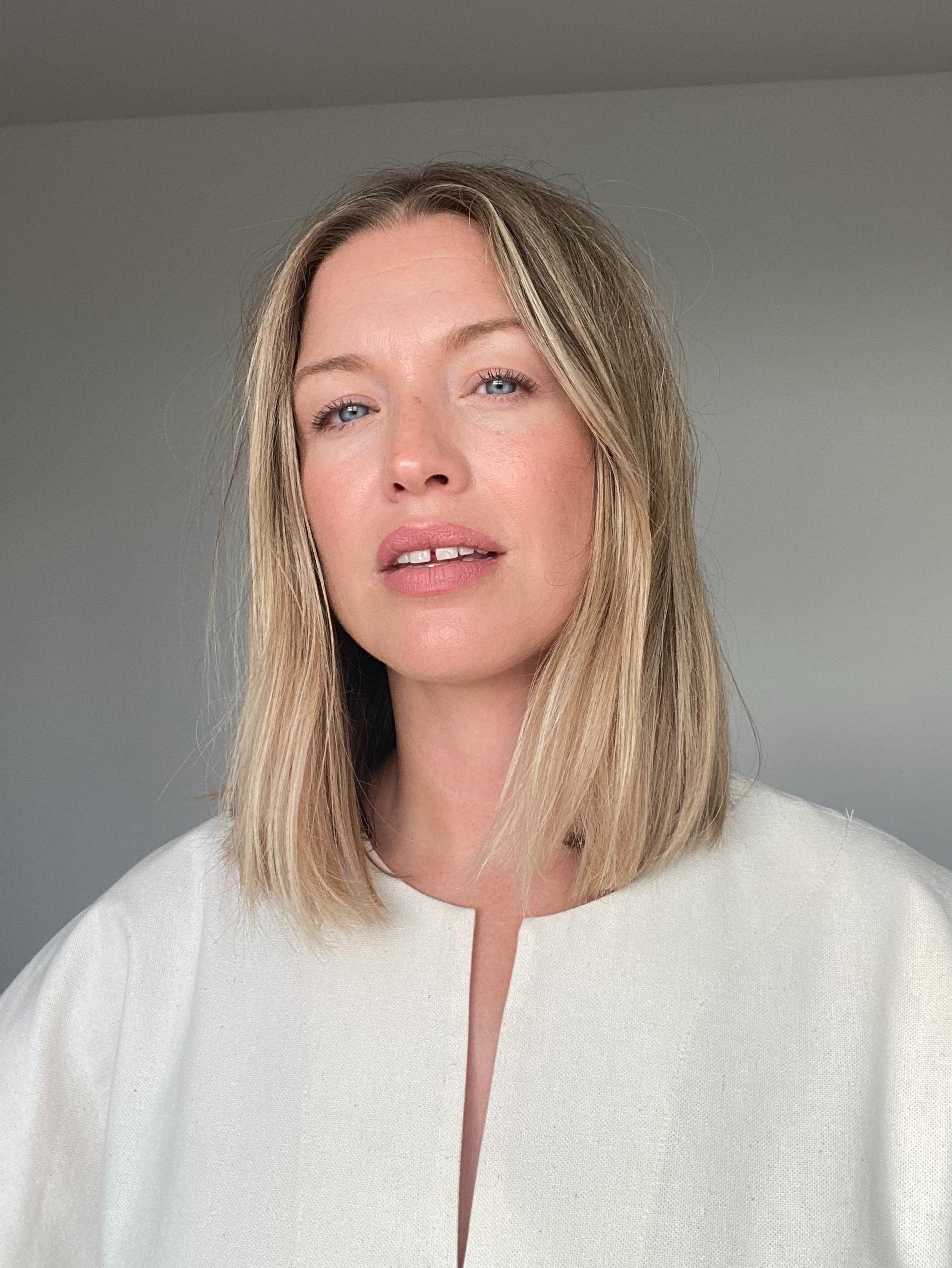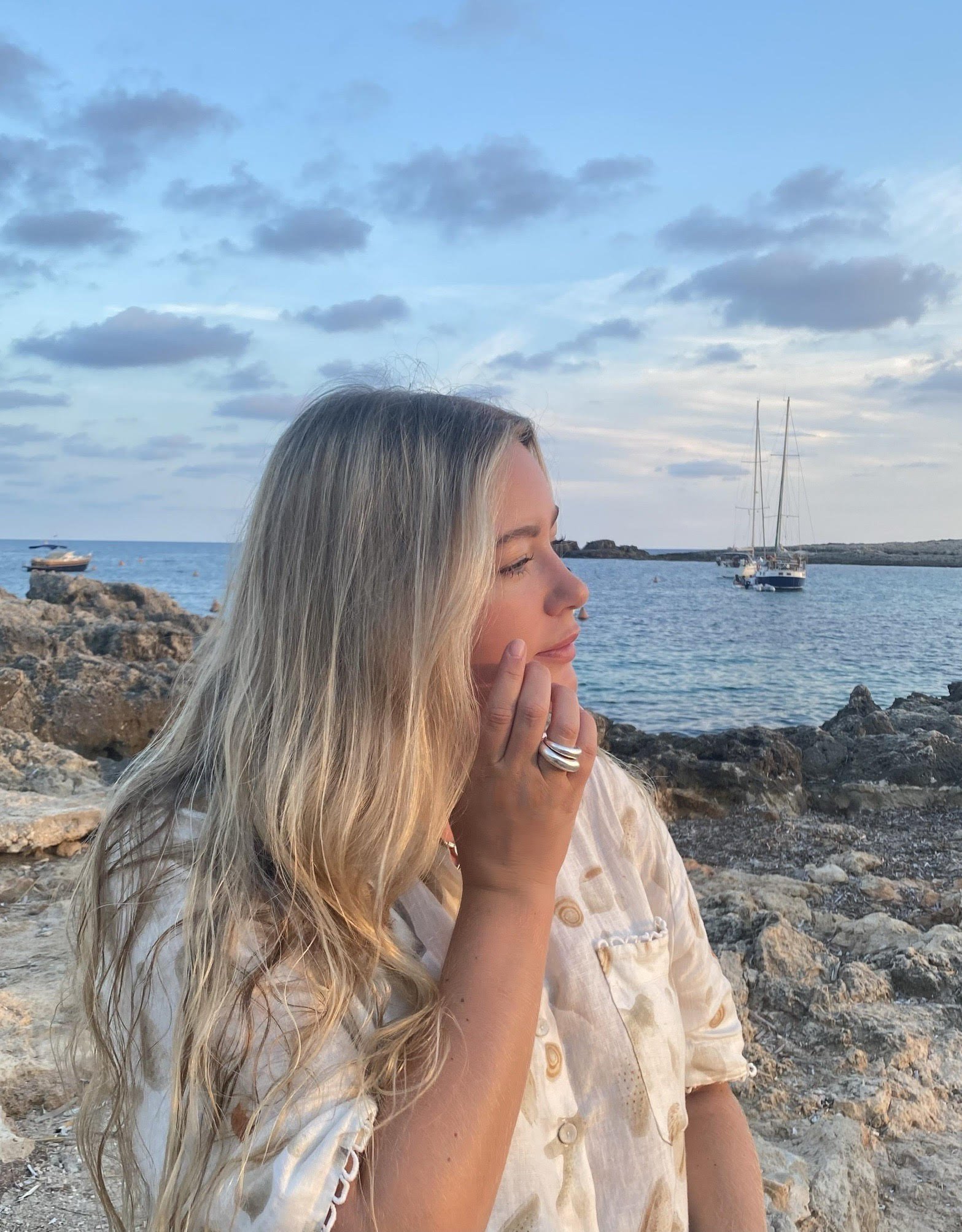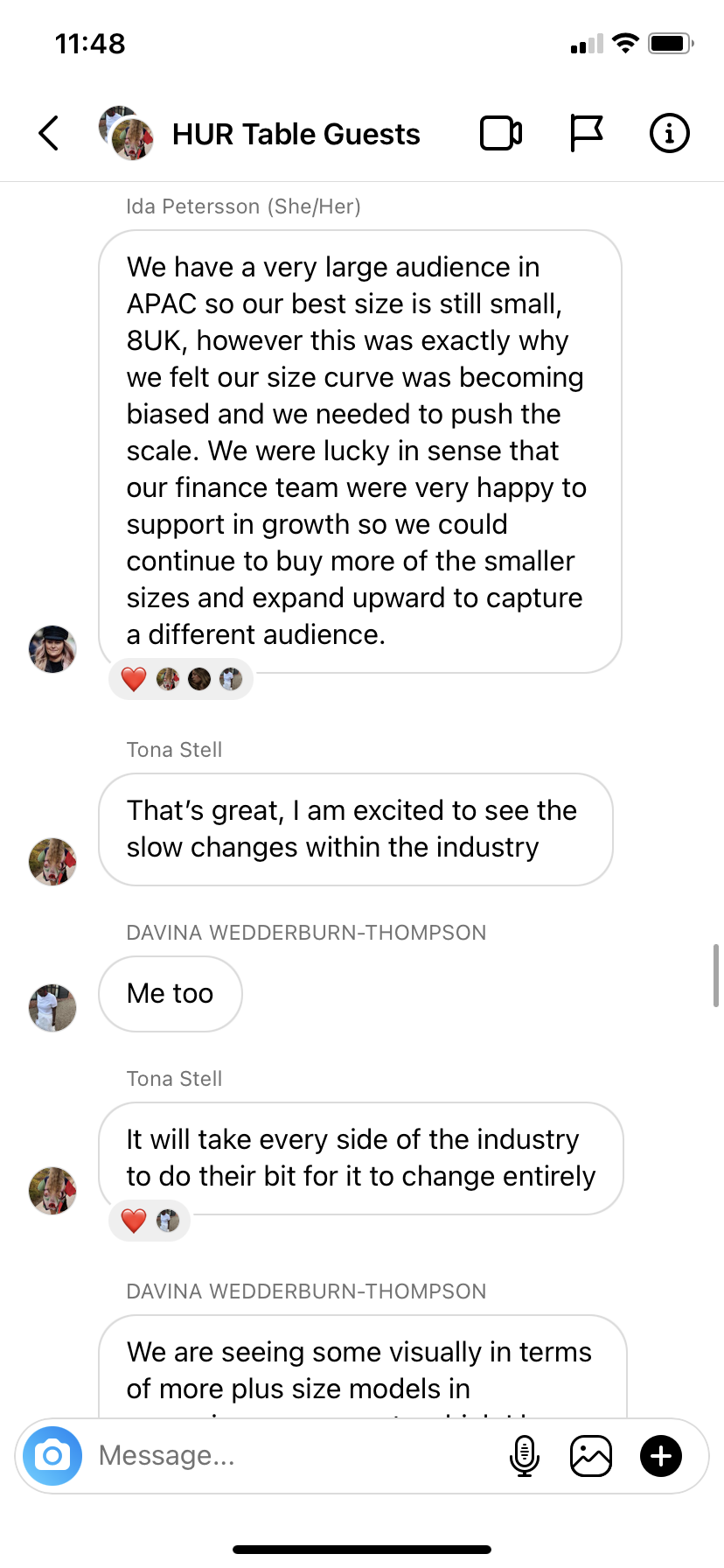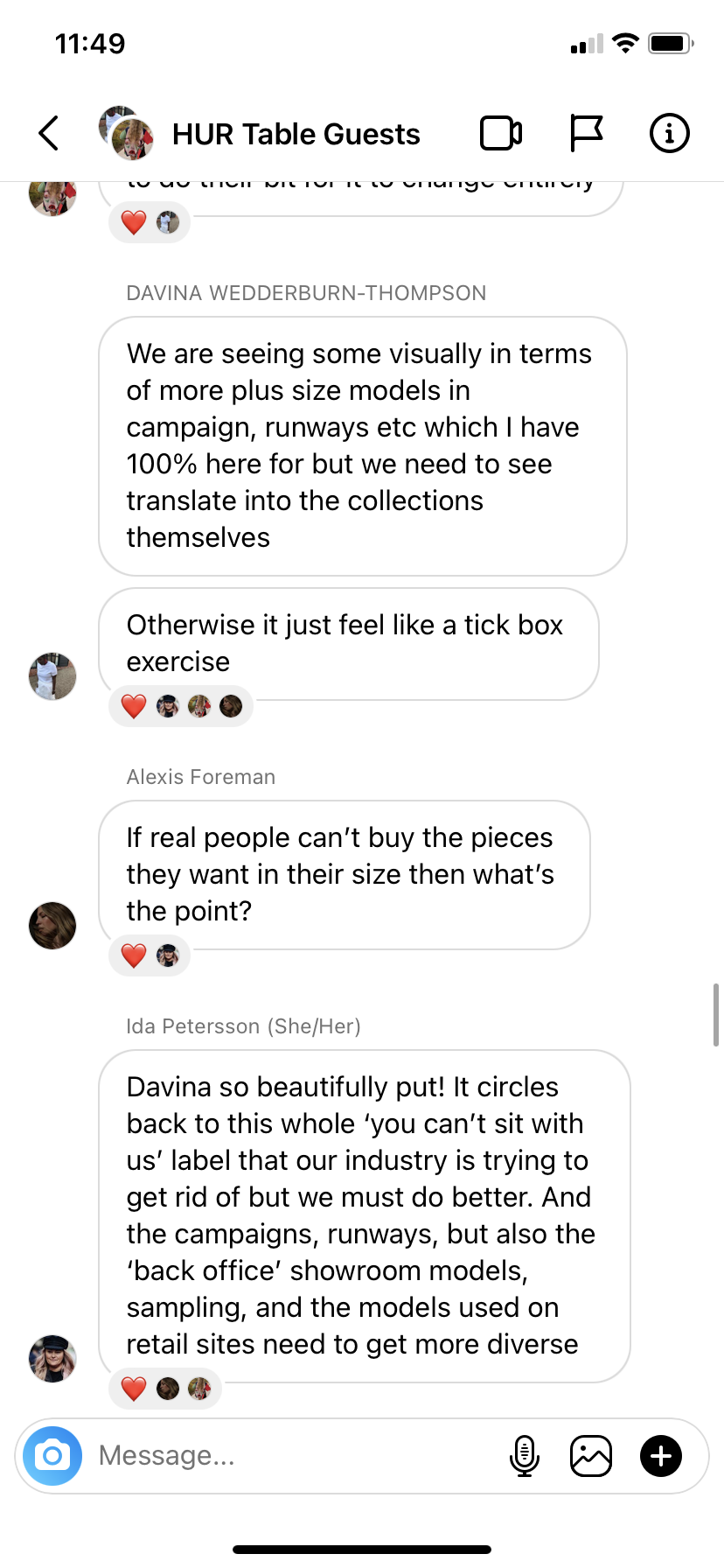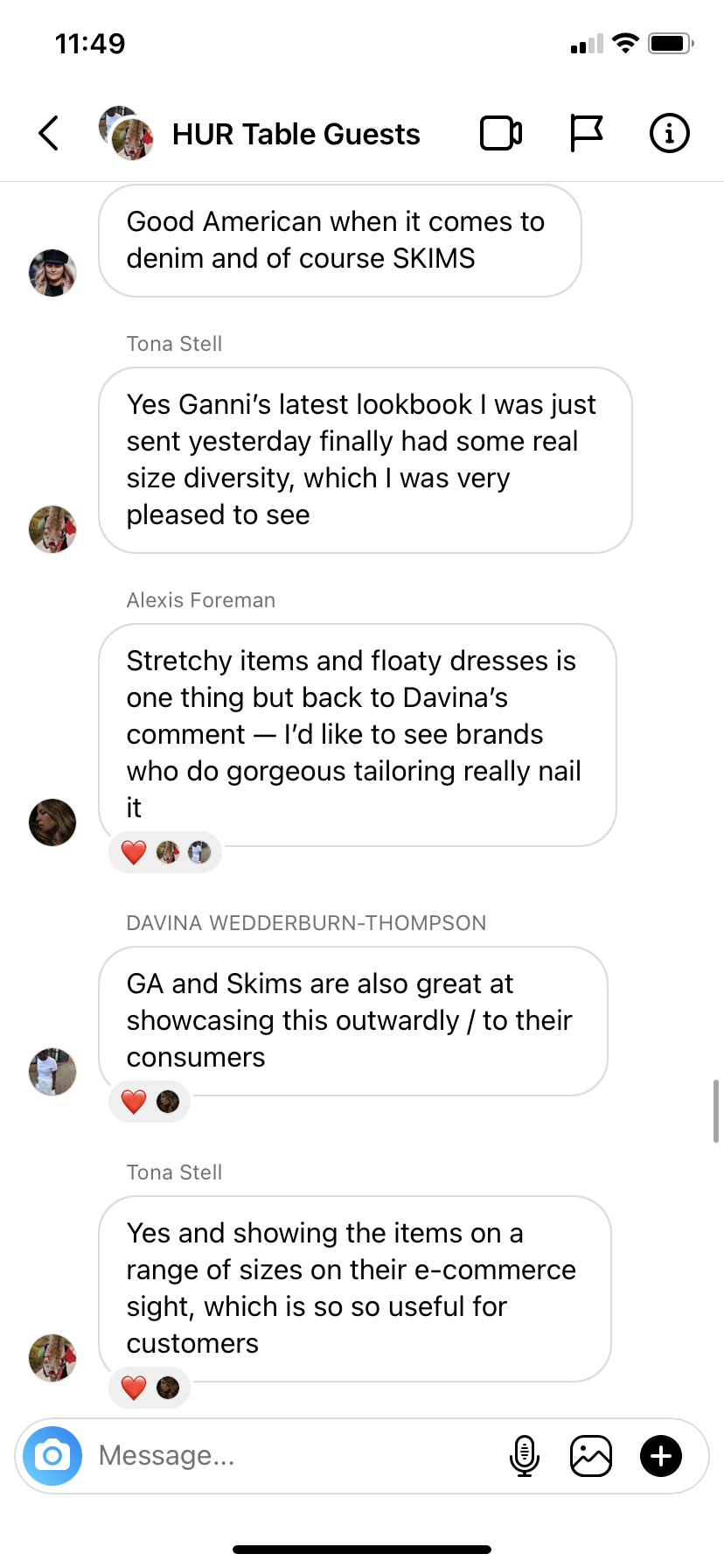Luxury is Too Slow To Embrace All Sizes
LUXURY IS TOO SLOW TO EMBRACE ALL SIZES
With Ida Petersson, Davina Wedderburn, Alexis Foreman and Tona Stell
By HURS Team
The luxury industry is fooling you, especially when it comes to size inclusivity.
Some numbers. According to Statista, the plus-size apparel market value reached $178 billion in 2019, and is projected to surpass $250 billion by 2027. And still, almost every luxury brand refuses to cater to women they deem non-customers. Change, after all, must happen at their pace and on their terms.
Over the past three years, luxury brands have increasingly shown more plus-size models on their runways and in campaigns. The Fashion Spot reported that on the Fall 2022 runways, there were a record 103 plus-size appearances, accounting for 2.34 percent of total castings. An improvement from the Spring 2022 season, with 81 plus-size appearances. Magazine covers followed the same trend. A total of 24 magazine covers featured a plus-size model, a slight increase from the 21 covers the previous year. With Precious Lee, Jill Kortleve and Paloma Elsesser gracing most of these covers.
The exact sizes presented on the runways and covers of magazines, however, are rarely represented in their actual collections on the shop floor or their e-commerce. We analyzed the top 15 major luxury brands’ e-commerce offerings. At the time we’re writing this, out of the 15 luxury brands, 10 brands offered sizes below XS, and only four brands offered sizes beyond XXL. We found that the product offering in size XL and up is limited. The majority consists of sweatshirts, t-shirts and loungewear with some brands offering just bathrobes in these sizes. Making assumptions around what women who are a size XL or up would want to wear, is counterintuitive to what the body positivity movement stands for. Why not offer the same products to all sizes?
On the other end of the spectrum, women’s media is showing us the same inconsistency. We’re finally seeing more features and editorials with “curve” models and talent. Yet flick through to the product pages and the only relevant items for anyone above a size EU42/UK14/US12 are the accessories.
All and all, approaching size diversity this way gives the illusion of change. Allowing brands and publishers to dictate the narrative instead of letting consumers and retailers create that of their own. It could take just one luxury player to take the lead, and others will follow.
IDA PETERSSON
Ida Petersson is the Buying Director at Browns, a British fashion and luxury goods boutique.
DAVINA WEDDERBURN
London-based Davina Wedderburn is a Communications and Brand Strategy Specialist at Karla Otto.
ALEXIS FOREMAN
Alexis Foreman is an Art Director, style curator and creative consultant. She creates content for brands within the fashion, beauty and lifestyle industry.
TONA STELL
Tona Stell is the founder of sustainable swimwear brand Tona The Label. She’s also the Senior Style Editor at The Telegraph.
In this week’s HUR Table Guests, we ask four industry insiders to give their take on why luxury is so slow to embrace all sizes, and how as an industry we can propel real change beyond talk.



